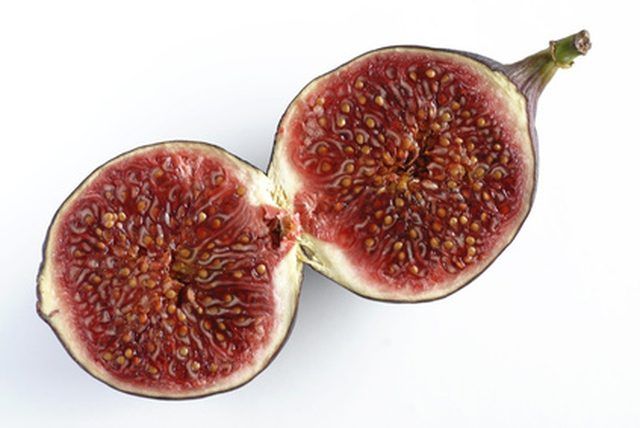Bulbs
Flower Basics
Flower Beds & Specialty Gardens
Flower Garden
Garden Furniture
Garden Gnomes
Garden Seeds
Garden Sheds
Garden Statues
Garden Tools & Supplies
Gardening Basics
Green & Organic
Groundcovers & Vines
Growing Annuals
Growing Basil
Growing Beans
Growing Berries
Growing Blueberries
Growing Cactus
Growing Corn
Growing Cotton
Growing Edibles
Growing Flowers
Growing Garlic
Growing Grapes
Growing Grass
Growing Herbs
Growing Jasmine
Growing Mint
Growing Mushrooms
Orchids
Growing Peanuts
Growing Perennials
Growing Plants
Growing Rosemary
Growing Roses
Growing Strawberries
Growing Sunflowers
Growing Thyme
Growing Tomatoes
Growing Tulips
Growing Vegetables
Herb Basics
Herb Garden
Indoor Growing
Landscaping Basics
Landscaping Patios
Landscaping Plants
Landscaping Shrubs
Landscaping Trees
Landscaping Walks & Pathways
Lawn Basics
Lawn Maintenance
Lawn Mowers
Lawn Ornaments
Lawn Planting
Lawn Tools
Outdoor Growing
Overall Landscape Planning
Pests, Weeds & Problems
Plant Basics
Rock Garden
Rose Garden
Shrubs
Soil
Specialty Gardens
Trees
Vegetable Garden
Yard Maintenance
How to Prune a Mission Fig Tree
How to Prune a Mission Fig Tree. The mission fig tree is actually classified as a fruiting shrub. The mission figs have black or purple colored husks when the fruit is ripe. Inside the figs is a reddish fruit that can be used for many recipes including jam and cookies. Mission fig trees grow best in full sunlight, and need watering at least once a...

The mission fig tree is actually classified as a fruiting shrub. The mission figs have black or purple colored husks when the fruit is ripe. Inside the figs is a reddish fruit that can be used for many recipes including jam and cookies. Mission fig trees grow best in full sunlight, and need watering at least once a week to remain healthy. Mission fig trees grow best in U.S. hardiness zones 7 to 11, and prefer a dry climate similar to their native Mediterranean environment. Mission fig pruning is simple, and should be done once a year in the summer.
Things You'll Need
Pruning shears
Tree saw
Whitewash
Paint sprayer
Gloves
Goggles
Respirator mask
Ladder
Pruning for Disease
Prune the tree in the late summer or early fall after the last crop has been harvested. Prune as close to the harvest date as possible.
Cut away any dead, dying or diseased branches. Prune branches close to the tree base, leaving little or no stub.
Prune all diseased branches at one time, even if it cuts away all new growth. You will not get a healthy fruit crop from diseased branches. Pruning diseased branches will prevent the spread of disease.
Pruning Young Trees
Prune the top branches of the tree to create the shape that you want the tree to grow in. Many fig growers have success with the low crown pruning method, which is pruning the tops of the branches to encourage the tree to grow out rather than up.
Prune away branch tops that reach above 8 to 10 feet. This encourages the fig tree to produce lower lying branches, which makes it easier for harvest.
Prune back half the branches one summer and the other half the next year if heavy pruning is necessary. This will enable you to have a fig fruit crop on half of the tree.
Pruning Mature Trees
Prune the tree differently starting in year three to encourage fruit growth. Figs are produced on the previous year's growth, so never prune away all of the new tree growth.
Prune away any branches that interfere with the sun exposure of lower branches. The sunlight should be able to reach all fig branches.
Spray the entire tree with whitewash if you prune more than just a few branches. Place some whitewash paint into a paint sprayer. Wear gloves, goggles and a respirator when working with spray paint outdoors. Pay special attention to cut branches. The whitewash deters insects from attacking the cut areas of the tree.
Tips & Warnings
Cutting in the summer or fall gives the tree a chance to produce additional growth on its branches and heal from the pruning. If you must prune in the winter, remember that you will have a reduced crop of figs the following year.